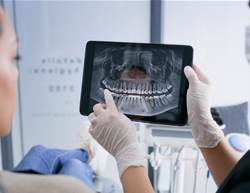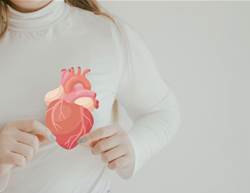Step #1: Expect immediate interventions—and anxiety.
You will likely see various teams of doctors administering medication and monitoring devices once you arrive at the hospital, says Dr Allan Stewart. "While you are in the hospital, allow the doctors to take proper care of you," Stewart says. "This is a particularly difficult time, as you are anxious, in pain and typically confused."
In most cases, a blood thinner and blood pressure medications (as well as other narcotics to control pain) will be administered immediately to restore proper blood flow. Next, you may be taken to the catheterisation lab for an investigation of your coronary arteries. The hospital should not delay in performing a life-saving angiogram; if they don't offer that service you should be stabilised and transferred to another facility immediately, Stewart notes. Some patients may need immediate stent placement or coronary artery bypass.
Step #3: Mull over more treatment.
Request a meeting with a hospital social worker or patient coordinator to discuss the possibility of cardiac rehab, a supervised counselling and training program that can boost your health during a very critical time in recovery. Hospital staff can direct you to local programs in hospitals and outpatient facilities, plus help you organise insurance coverage. the programs run from 6-10 weeks and can be Web- or home-based, or in-person at hospitals, clinics and community centres.
Step #4: Get a cardiologist.
If you don't have a cardiologist already, speak to the staff or a loved one to coordinate follow-up care with a cardiologist. Muscle damage from the heart attack may require long-term medication that enhances heart function, manages blood pressure and eases heart strain. "A cardiologist will be necessary to manage these medicines for the long-term," Stewart says.
Step #5: Delve into diet and exercise.
Often times, patients receive very "cookie cutter" details on what to eat and how to exercise, Druz says. Cardiac rehab programs do a great job of offering customised details, but a nutritionist or weight loss program can also help you out. Stewart adds that there are a few lifestyle changes you must commit to after a heart attack to get your health back on track: no smoking, cholesterol control, regular exercise and control of sugar levels.
Step #6: Ask about resuming normal activities—or not.
Don't be shy to talk to your doctor about when you can return to your usual schedule and do things like go to work, travel or have sex. If you will be off your feet for a while, be sure to ask about obtaining short-term disability or a caregiver for assistance—and submit the paperwork before you are discharged, Druz stresses.
Step #7: Don't neglect your psyche.
Hospitals provide great post-attack physical care, but they typically aren't as in tune to addressing psychological effects of a heart attack. Speak up to request a psychology consult while you're in the hospital or to seek therapy post-discharge.
"This is traumatic experience," Stewart says. "Depression is common after a heart attack. There is no shame in seeking a counselor to speak to about your fears or anxiety."










